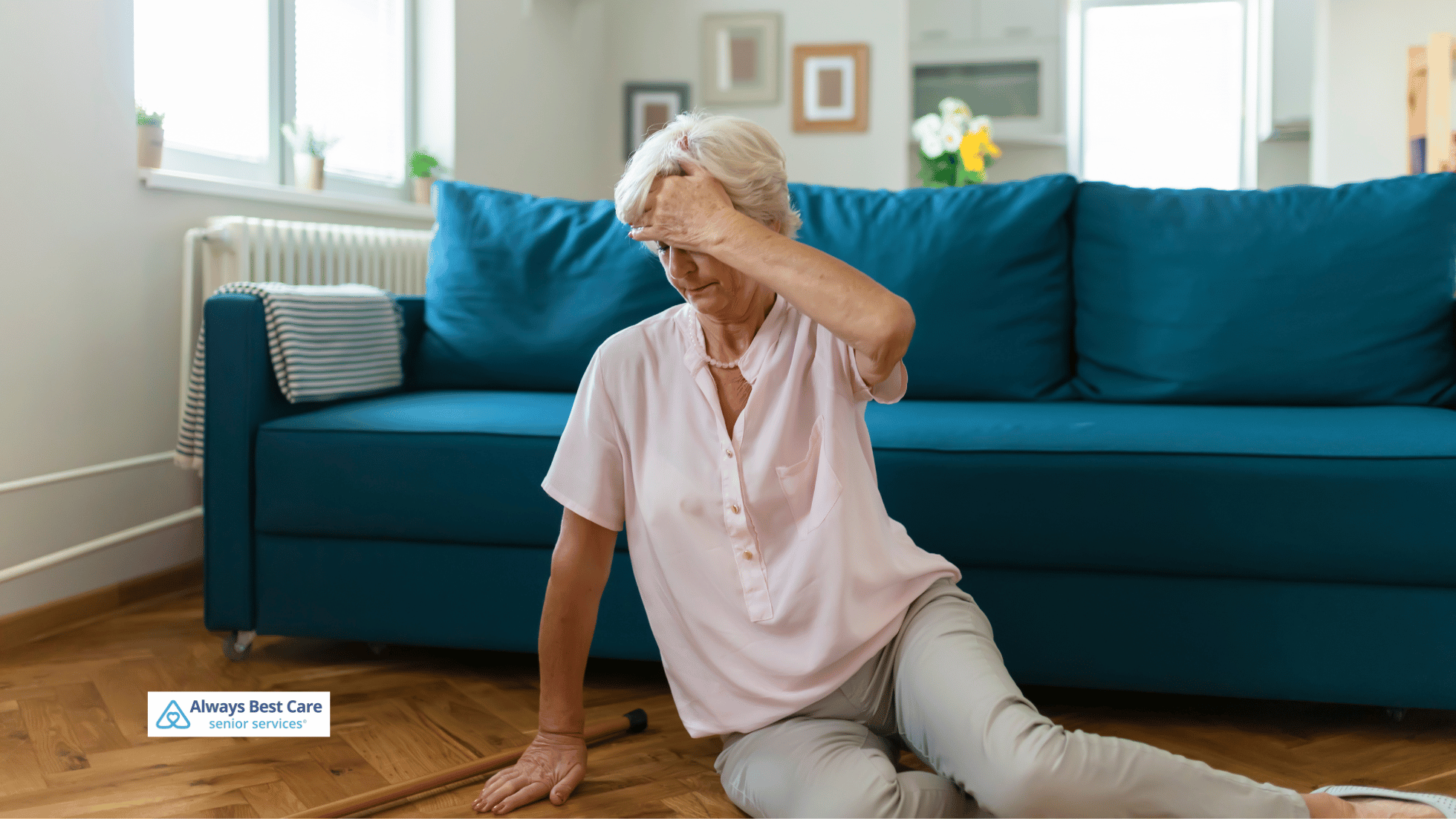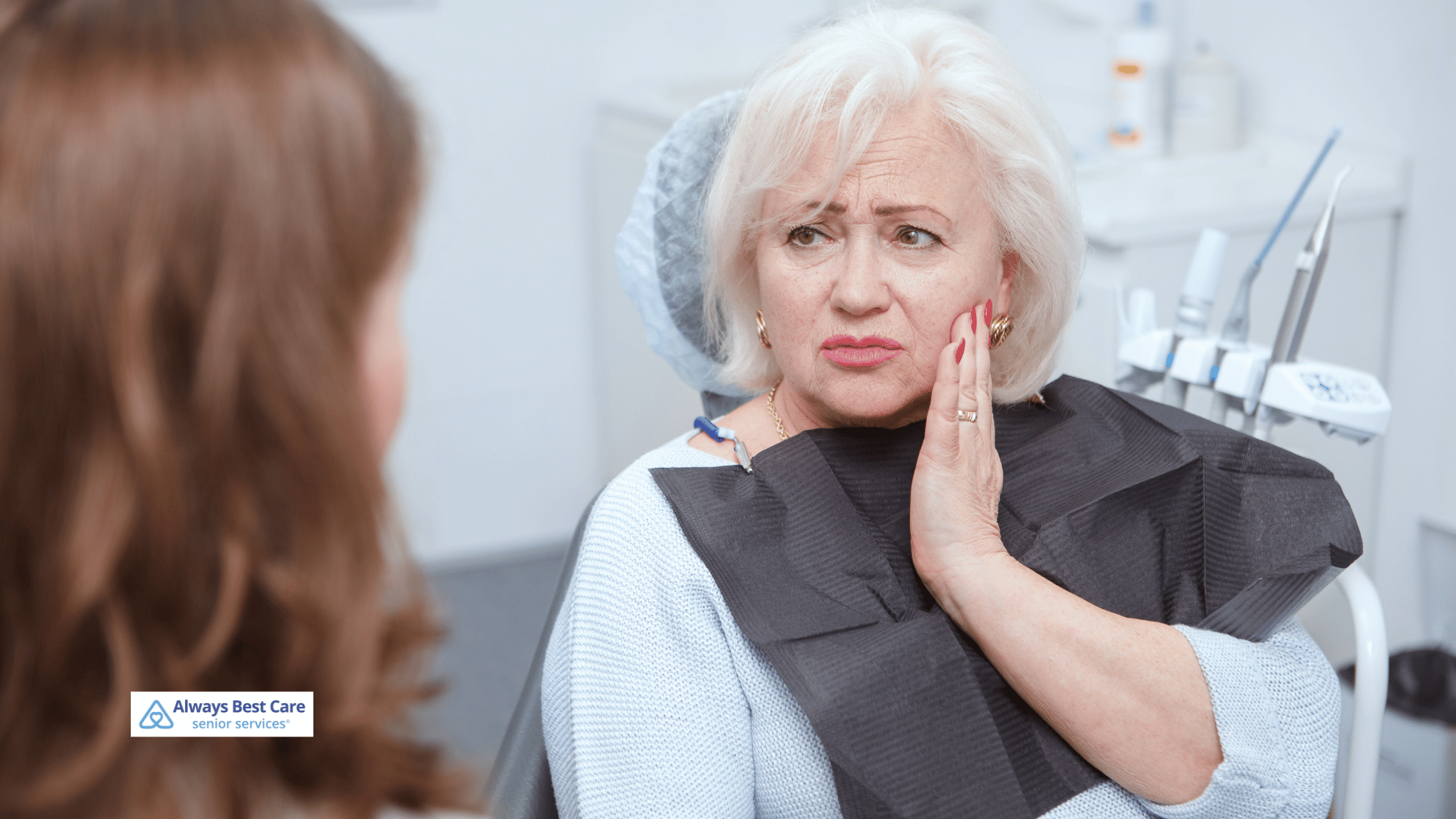9 Commonly Overlooked Fall Risks for Seniors

As we age, mobility and balance can become challenges, making fall prevention a key concern for seniors.
While some hazards are obvious, there are several under-the-radar risks that often go unnoticed but still lead to dangerous falls.
In this article, we’ll explore nine hidden fall risks and how making minor adjustments can create a safer home environment for seniors.
Table of Contents
What are Fall Hazards?
Fall hazards are any conditions or situations that increase the likelihood of someone tripping, slipping, or losing their balance.
For seniors, these hazards can range from uneven flooring to poor lighting and even pets underfoot.
The consequences of a fall can be severe, leading to injuries like fractures, sprains, or even long-term disability.
1. Unstable Furniture
Even a slightly wobbly chair or table can become a fall risk. Seniors often rely on furniture for support when standing up or moving around, and if a piece of furniture isn’t stable, it can tip over or fail to provide the necessary balance.
Regularly check chairs, tables, and other furniture to ensure they are sturdy, or consider adding extra support like non-slip pads under the legs.
2. Loose Rugs and Carpets
Rugs that aren’t securely fastened to the floor can easily slip or curl, becoming a trip hazard.
While rugs can add warmth to a room, it’s essential to either secure them with non-slip pads or remove them altogether in areas where falls are more likely to occur, such as hallways or near staircases.
3. Poor Lighting
Dim lighting can cause seniors to misjudge distances or miss small obstacles in their path. Inadequate lighting in high-traffic areas such as hallways, entryways, and staircases can significantly increase fall risks.
Consider installing brighter bulbs or motion-activated lights to ensure these areas are well-illuminated, especially at night.
4. Improper Footwear
Slippers, sandals, or shoes without proper grip are common culprits in senior falls. Footwear that doesn’t fit well or provide adequate support can lead to slips or instability.
Encourage the use of shoes with non-slip soles and a snug fit to help maintain indoor and outdoor balance.
5. Pets Underfoot
While pets are loving companions, they can also become trip hazards, particularly for seniors who may not always see them approaching. Small dogs and cats, in particular, can unintentionally cause a fall by getting underfoot.
Training pets to stay out of walkways or using baby gates to restrict their movement in high-risk areas can help prevent accidents.
6. Cluttered Walkways
Clutter in common areas, such as shoes, cords, or misplaced items, can create obstacles that increase the risk of tripping. Keeping walkways clear and organized is an easy way to reduce falls.
Regularly tidying up these spaces and ensuring that cords are tucked away can make a significant difference.
7. Bathroom Hazards
The bathroom is one of the most common places for falls due to wet, slippery floors and hard-to-reach items.
Installing grab bars near the shower and toilet, along with non-slip mats, can provide seniors the extra support to move safely.
8. Inconsistent Flooring
Transitions between different types of flooring—such as from carpet to tile—can cause seniors to lose their balance. These changes in flooring texture can catch someone off guard, especially if the flooring height is uneven.
Add transition strips or non-slip mats to even out these surfaces and improve visibility.
9. Medication Side Effects
Certain medications may cause dizziness or affect balance, putting seniors at greater risk for falls.
It’s important to regularly review medications with a healthcare professional to ensure no adverse side effects could impact mobility or stability.
9 Benefits of a Safe Home Environment for Seniors
Creating a safe home environment provides numerous advantages for seniors, enhancing both physical and emotional well-being. By addressing potential fall hazards, the quality of life for seniors can significantly improve.
Below are the key benefits of ensuring a safe home environment:
Increased Mobility and Independence
Seniors can move around their homes more freely when fall hazards are reduced. They no longer have to hesitate or feel restricted due to concerns about tripping or falling, which promotes a greater sense of independence.
Lower Risk of Injuries
A safer home environment means fewer opportunities for accidents to occur, leading to a reduced risk of severe injuries like fractures, sprains, or head trauma. This, in turn, decreases the chances of extended hospital stays or long-term recovery.
Improved Mental Well-Being
Knowing that their home is a secure place gives seniors peace of mind. They experience less anxiety about falling, which helps improve their overall mental health and emotional resilience. A sense of safety leads to a more relaxed and content mindset.
Enhanced Confidence
With a safer environment, seniors gain more confidence in performing daily activities. Whether it’s walking through the living room or using the bathroom independently, confidence plays a critical role in maintaining physical activity and reducing feelings of helplessness.
Reduced Caregiver Stress
Caregivers also benefit from a safer home environment. By minimizing fall risks, caregivers can focus more on providing quality care rather than constantly worrying about potential accidents. This creates a more positive caregiving experience for both the caregiver and the senior.
Prolonged Home Living
With fewer risks, seniors are often able to stay in their homes longer rather than moving to assisted living facilities. The longer they remain in a familiar environment, the more likely they will enjoy a higher quality of life and maintain their autonomy.
Cost Savings
Preventing falls and injuries can lead to substantial savings on medical expenses, including hospital visits, physical therapy, and rehabilitation. Investing in safety improvements at home can help avoid these costly healthcare services down the road.
Fostering Social Engagement
A safer home can encourage seniors to invite friends and family over, enhancing their social life. When seniors feel safe in their space, they are more likely to participate in social activities, which can stave off loneliness and isolation.
Better Sleep Quality
When seniors feel secure in their home environment, they are more likely to experience restful sleep. Reducing anxiety about potential falls helps promote better sleep patterns, which is essential for overall health and recovery.
How Always Best Care of Argyle Can Help
At Always Best Care of Argyle, we understand the unique needs of seniors when it comes to creating a safe living space.
Our team of compassionate caregivers works with families to assess potential fall risks and implement solutions tailored to you. Whether it’s assistance with daily activities, mobility support, or providing safety recommendations for the home, we are here to ensure your loved one stays safe and independent.
From helping to clear cluttered walkways to suggesting the installation of safety equipment like grab bars, our goal is to provide peace of mind for both seniors and their families!
Ensure Your Loved One’s Safety with Always Best Care of Argyle!
At Always Best Care of Argyle, we are dedicated to helping seniors live safely and independently in the comfort of their homes. Our compassionate team provides personalized care and support to reduce fall risks and create a secure environment for your loved ones.
Contact Always Best Care of Argyle at (940) 290-7935 to learn more and schedule your free consultation!





